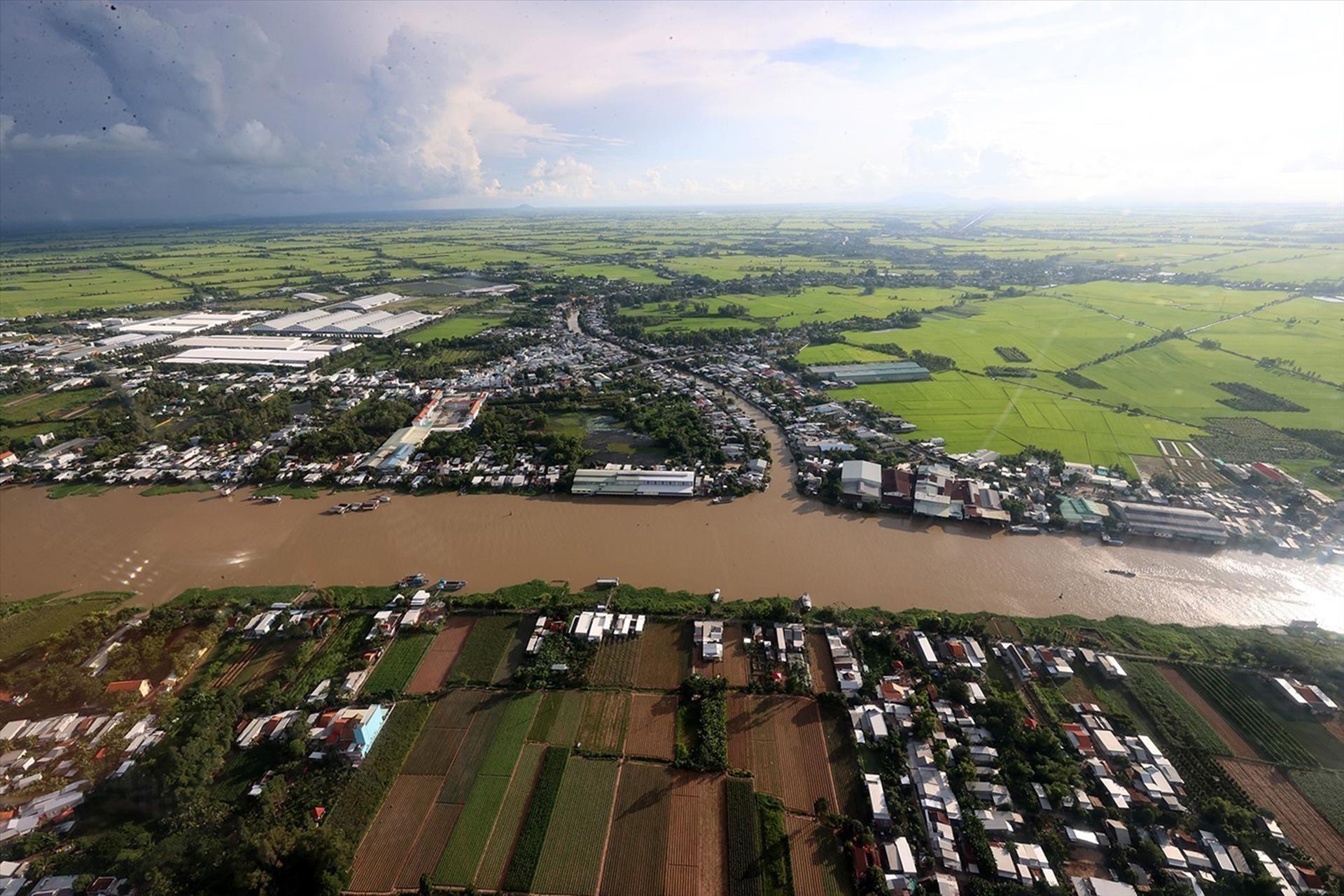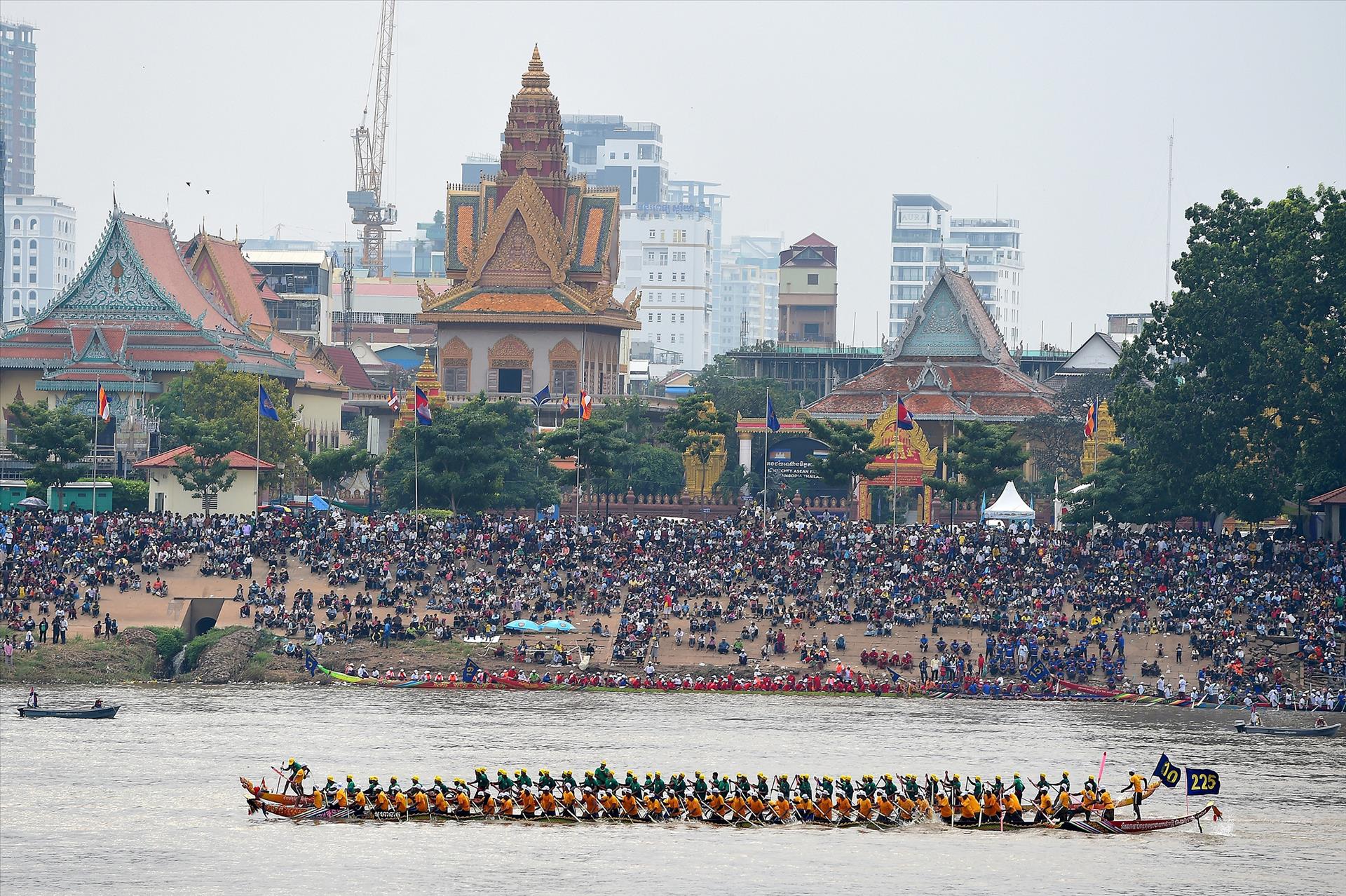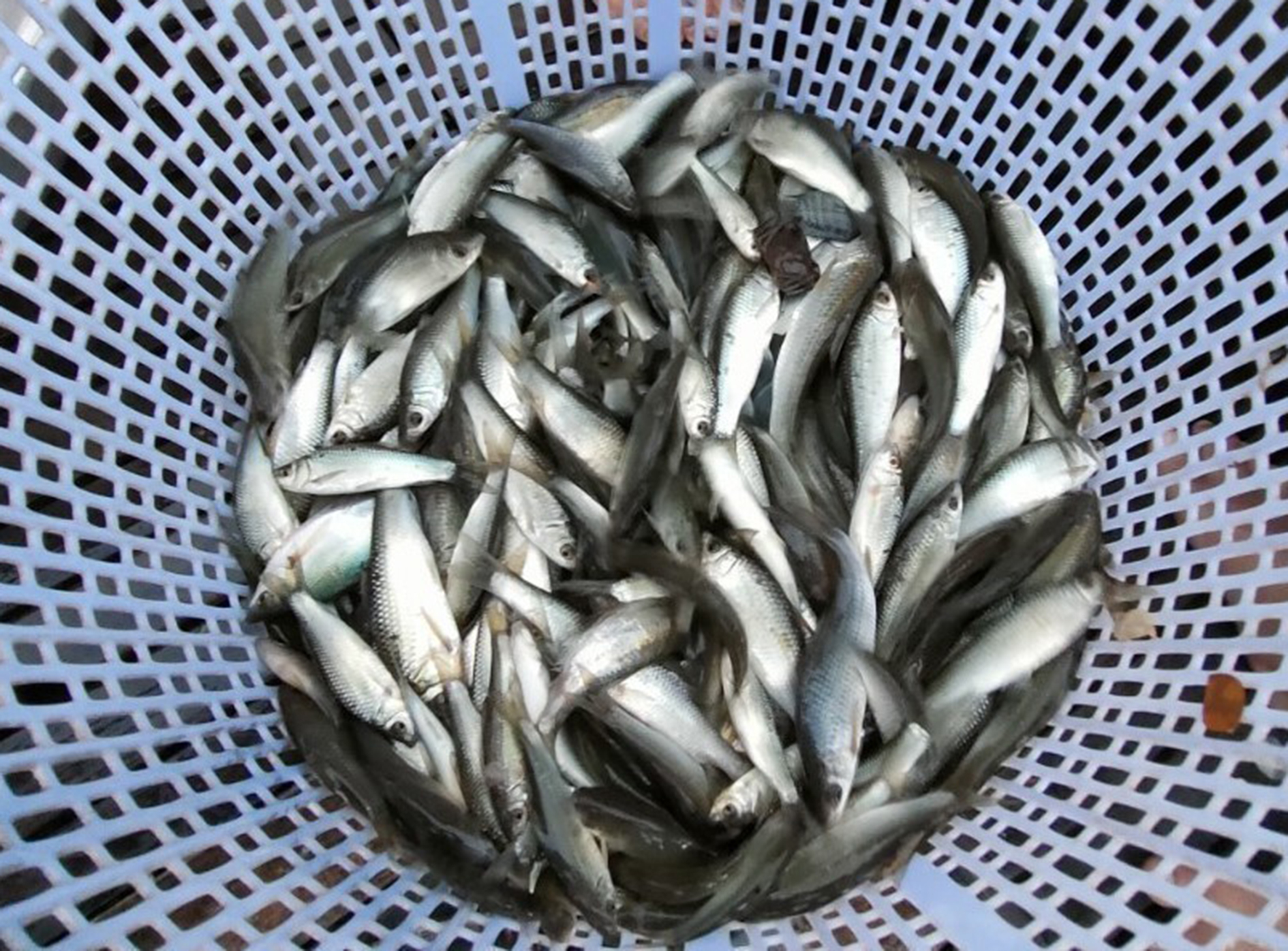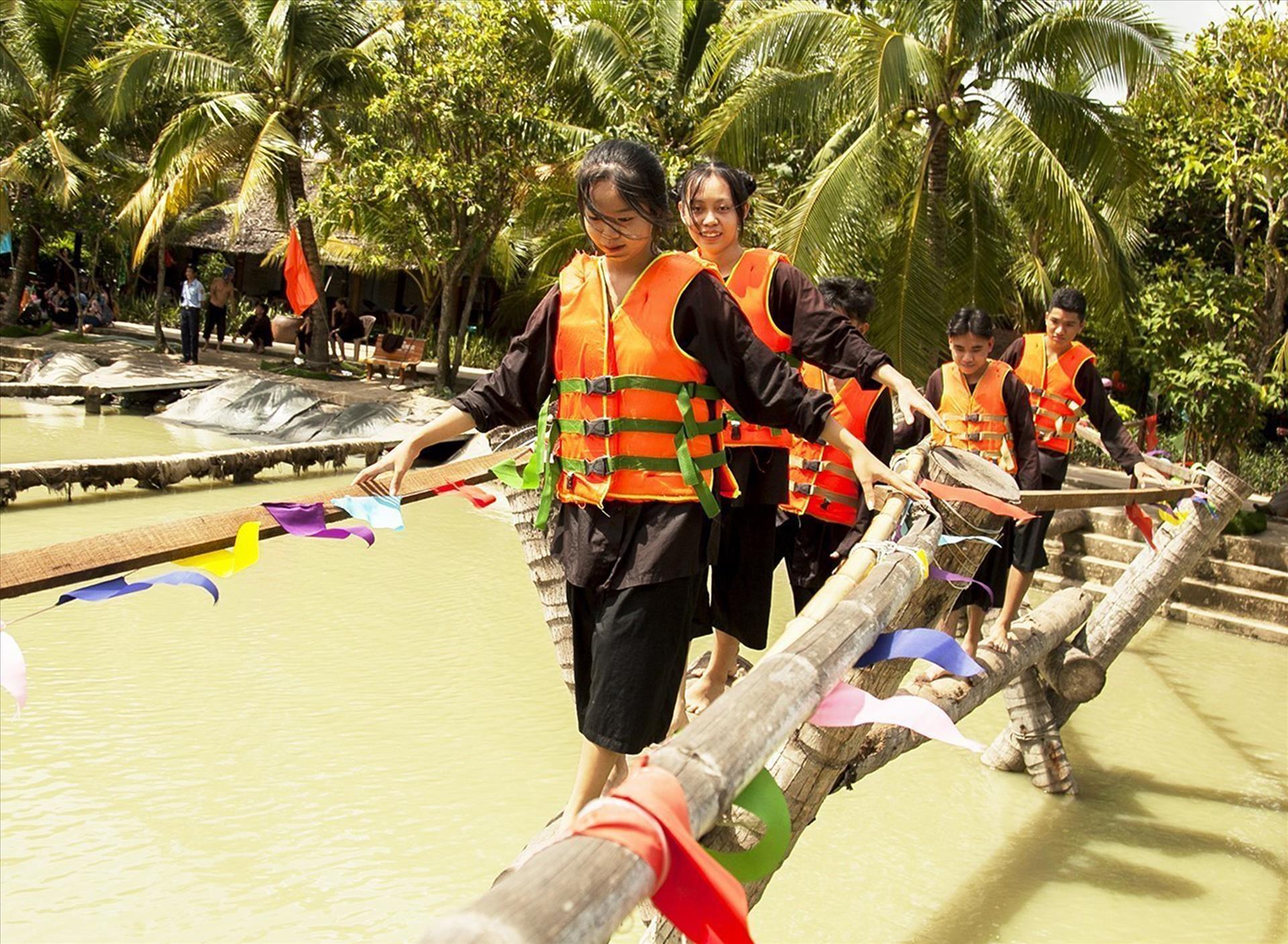Protecting the Water Resources of the Mekong River
The member countries of the Mekong River Commission, Cambodia, Laos, Thailand, and Vietnam recently met in Laos to address the challenges caused by climate change, environmental pollution, population growth, and unsustainable use of water and other resources in the Mekong basin. They agreed to collaborate and renew their efforts to ensure water security and promote sustainable development in the area.
During the conference, member countries reached an agreement on a plan that aims to achieve the goals set out in the Mekong River Basin Development Strategy for the period of 2021-2030. The plan focuses on five priorities: Enhancing the ecological functions of the Mekong River to promote a healthy environment and boost community productivity; improving access to water and other related resources for the benefit of the community; promoting sustainable development to facilitate comprehensive economic growth; increasing climate resilience and preparedness for disasters; and strengthening regional cooperation across the entire basin.
In addition to the shared achievements, the member countries also shared effective solutions related to sustainable development and environmental management in the Mekong River Basin. As a downstream country, Vietnam has continued to be an active and responsible member of the Commission, promoting cooperation with other member countries and international partners to enhance the efficient use of water and related resources in the Mekong River, contributing to the socio-economic development of the country, especially in the Mekong Delta region.
Vietnam has constructed hydraulic works including the Cai Lon - Cai Be irrigation system and the Nguyen Tan Thanh canal head regulator, which function to prevent saltwater intrusion, store freshwater, and control tides in order to provide freshwater for the daily lives and production for people in provinces such as Kien Giang, Hau Giang, Soc Trang, Bac Lieu, Ca Mau, Tien Giang, Long An, and Dong Thap. These works combined with the coastal dike system create a cluster of infrastructures that proactively respond to climate change and reduces damage from natural disasters during the dry season for production models in the region.
Additionally, it provides freshwater during the rainy season to promote socio-economic development in the area. This will also resolve conflicts between the marine aquaculture region and agricultural production region.
Vietnam has also been actively researching and sharing effective solutions for reclaiming saline-alkali land with people in the Mekong Delta region. This is aimed at increasing crop productivity in the area. In addition, efforts to promote the "natural farming" model, such as crop rotation between rice and shrimp, have been stepped up with the long-term goal of encouraging local farmers to shift their mindset from traditional agricultural production to agricultural economic development, creating high-value products with unique brands. As a result, specialized areas for organic production will be established, attracting foreign visitors to experience organic agricultural tourism.
The task of guaranteeing water resource security and fostering sustainable development in the basin has become critical. As a result, there is a pressing need for more innovative thinking and collaboration among countries situated along the river. This includes working closely with development partners, continuing to engage potential partners, and increasing community participation in the decision-making process. Additionally, there is a requirement for innovative mechanisms to mobilize resources.
Story: VNP Photos: VNA Translated by Hong Hanh








